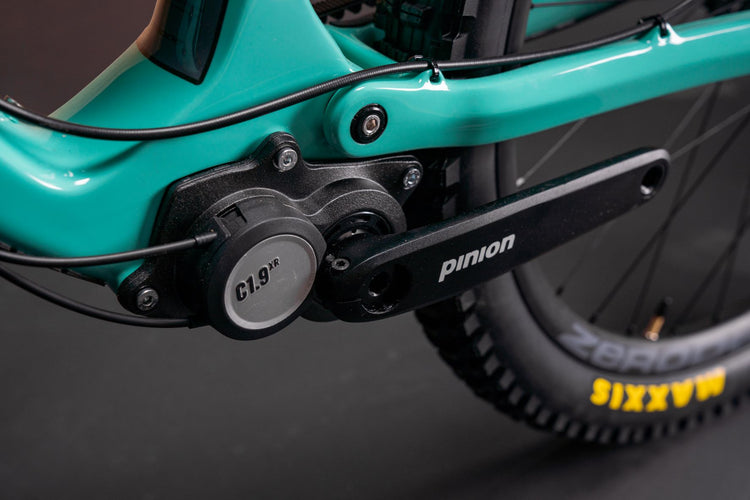DRAG - it's the number 1 misconception on the web about pinion gearboxes, half the comments and conversations on any gearbox-related post lead within “but of course, you lose 10% efficiency with a gearbox”. However, none of the science backs this up.
A study was done in 2015 that put a figure of 90.5% efficiency of pinion gearbox and this is often requoted out of context when comparing pinion efficiency to derailleur drivetrains. The issue is that derailer drivetrains are far from 100% efficient.
An article by CyclingAbout put the efficiency of an 11-speed 1x set at “as efficient as 96.0% and as inefficient as 92.4%. On average it’s 95.1% efficient.”
This gives an average efficiency difference of less than 4.5% between a gearbox and the 1x system tested. Furthermore, CyclingAbout noted that when reviewing the original 90.5% efficiency gearbox tests “ the results showed a marked increase in efficiency as the rate of power increased, so it is likely that if we were to test the gearboxes at 250 watts, they would achieve higher rates of efficiency.”
The efficiency of a 1x system will drop away further as the number of cogs increases, a 12 spd will be less efficient than an 11 as the chain deflection will increase with the wider cluster.

Testing shows a brand-new chain is 0.3% to 1% more efficient than a belt, in a straight line. But the minute the chain is muddy or dry, it’s efficiency falls off rapidly. Belts shed mud and do not have rotating parts like chains so remain efficient in the worst of conditions.
Chains stretch and a worn chain drops 4% efficiency , belts never stretch and a belt at 100% wear is less than 0.5% different to a new belt in efficiency
https://www.bike-eu.com/39298/redefining-drivetrain-efficiency-that-matters-to-everyday-cyclists
This lab test has determined that chains are more efficient at low power outputs (under 212 watts), while belts are more efficient at high power outputs (over 212 watts). It also determined there are between 4-5 watts difference between chain lubricants alone ”
https://www.cyclingabout.com/belt-drivetrain-efficiency-lab-testing/
The thing to note here is that in perfect conditions they measured a 4-5 watts (2%) difference depending on which chain lube they used. This does prove the point that a 2% difference in efficiency is a very subtle difference that is almost impossible to perceive in real-world conditions

A gearbox can feel different as you feel the sensation of the gears through the pedals and your brain translates this to drag, especially if you have entered the test with the expectation you will feel drag.
Also spinning the cranks in a workstand only allows you to feel the resistance under zero load - which is unrealistic . What you need to know is the resistance under load, eg when pedaling up a hill. Tests show that a gearbox / belt drive does have more resistance at zero load, compared to a derailed setup. Eg it will certainly feel way worse if you spin the cranks in the workshop. But all tests show that the more load you put on a gearbox and belt, the more efficient it gets. A derailleur is the opposite, especially in the higher gears



